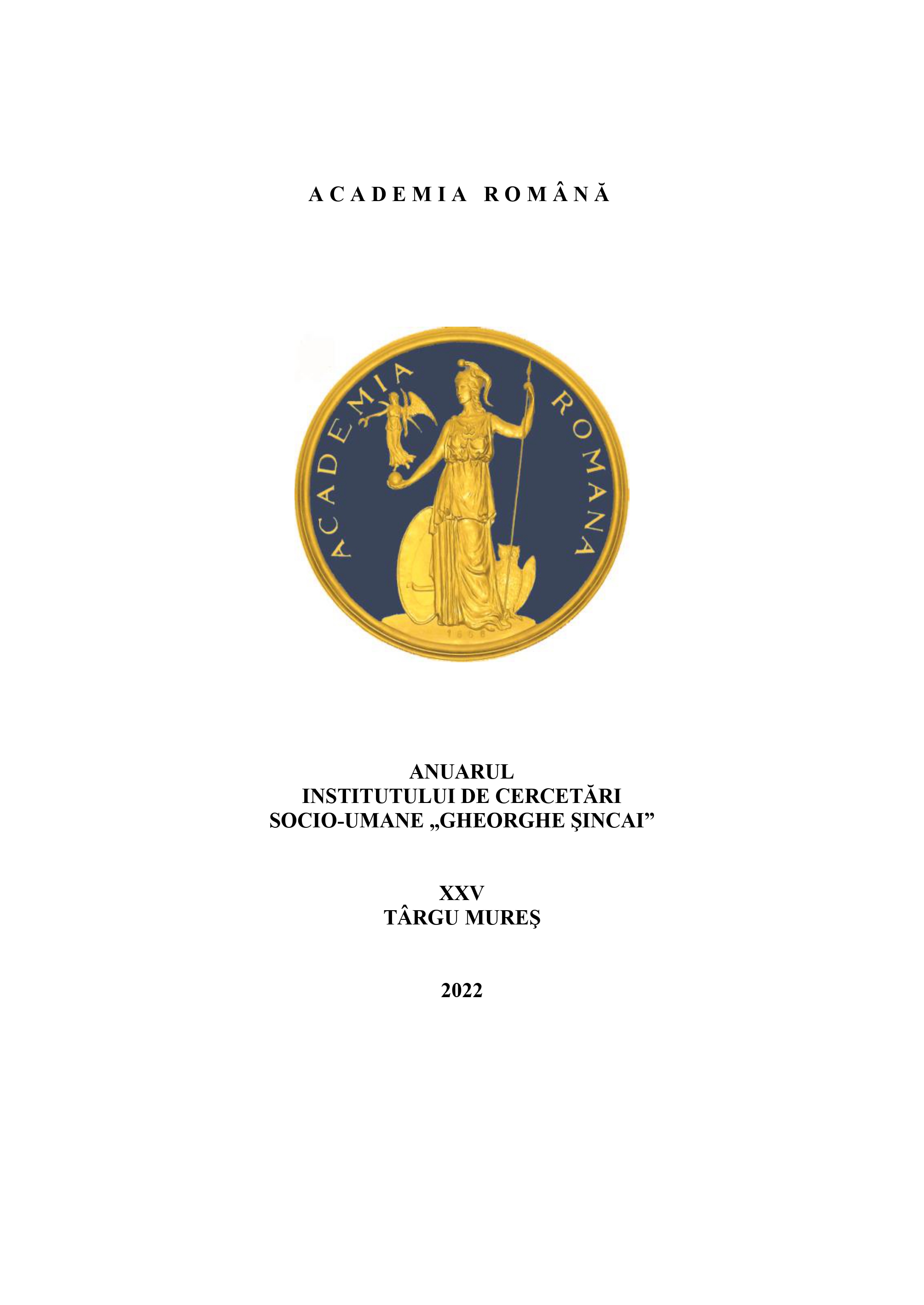MUSSOLINI ÎN SALA DE CLASĂ: PROPAGANDĂ FASCISTĂ ÎN ȘCOLILE ITALIENE DIN ROMÂNIA INTERBELICĂ (1922–1940)
MUSSOLINI IN THE CLASSROOM: FASCIST PROPAGANDA IN THE ITALIAN SCHOOLS OF INTERWAR ROMANIA (1922–1940)
Author(s): Georgiana ȚăranuSubject(s): Political history, Social history, International relations/trade, Politics and communication, Politics and society, School education, Interwar Period (1920 - 1939), Fascism, Nazism and WW II, Social Norms / Social Control
Published by: Institutul de Cercetări Socio-Umane Gheorghe Şincai al Academiei Române
Keywords: Fascist propaganda; interwar Romania; interwar Romanian schools; Italian schools abroad; Italian foreign policy;Mussolini; Italo-Romanian relations;
Summary/Abstract: Mussolini’s Italy was interested in promoting the image of a great power and in exporting the Fascist ideology abroad, both in areas where there were communities of Italian emigrants, as well as in those that fell within the wider sphere of its strategic, regional interest. Romania fell into both categories: not only it also hosted small communities of Italians, but it was one of the states that figured for a time in the geopolitical vision of dictator Benito Mussolini as a possible ally to be evaded from French influence and turned towards Rome. Thus, the Fascist propaganda, carefully directed by the regime, was present in interwar Romania, especially in the second half of the 1930s, not only in the capital, but also in the territory. It used all the means at its disposal, but especially the cultural ones, given that political and diplomatic relations between the two states had a sinuous course, without any notable progress in the 1930s. In this context, the Italian schools in Romania became one of the essential levers through which Rome’s agents tried to project the image of a strong state and an attractive regime at a local level, infusing all courses and educational activities with elements of Fascist propaganda. By focusing on the careful selection of students and their results, on the way of teaching the Italian language, on the organization of the students’ free time after the fascist model and on extracurricular activities, the Italian schools have established themselves at the time as educational institutions attractive not only to Italians, but also for other inhabitants of the cities in which they operated. They thus became small tools of Fascist propaganda organized by Mussolini’s Italy in Southeast Europe in the second half of the 1930s.
Journal: Anuarul Institutului de Cercetări Socio-Umane »Gheorghe Şincai« al Academiei Române
- Issue Year: 25/2022
- Issue No: 25
- Page Range: 43-56
- Page Count: 14
- Language: Romanian

